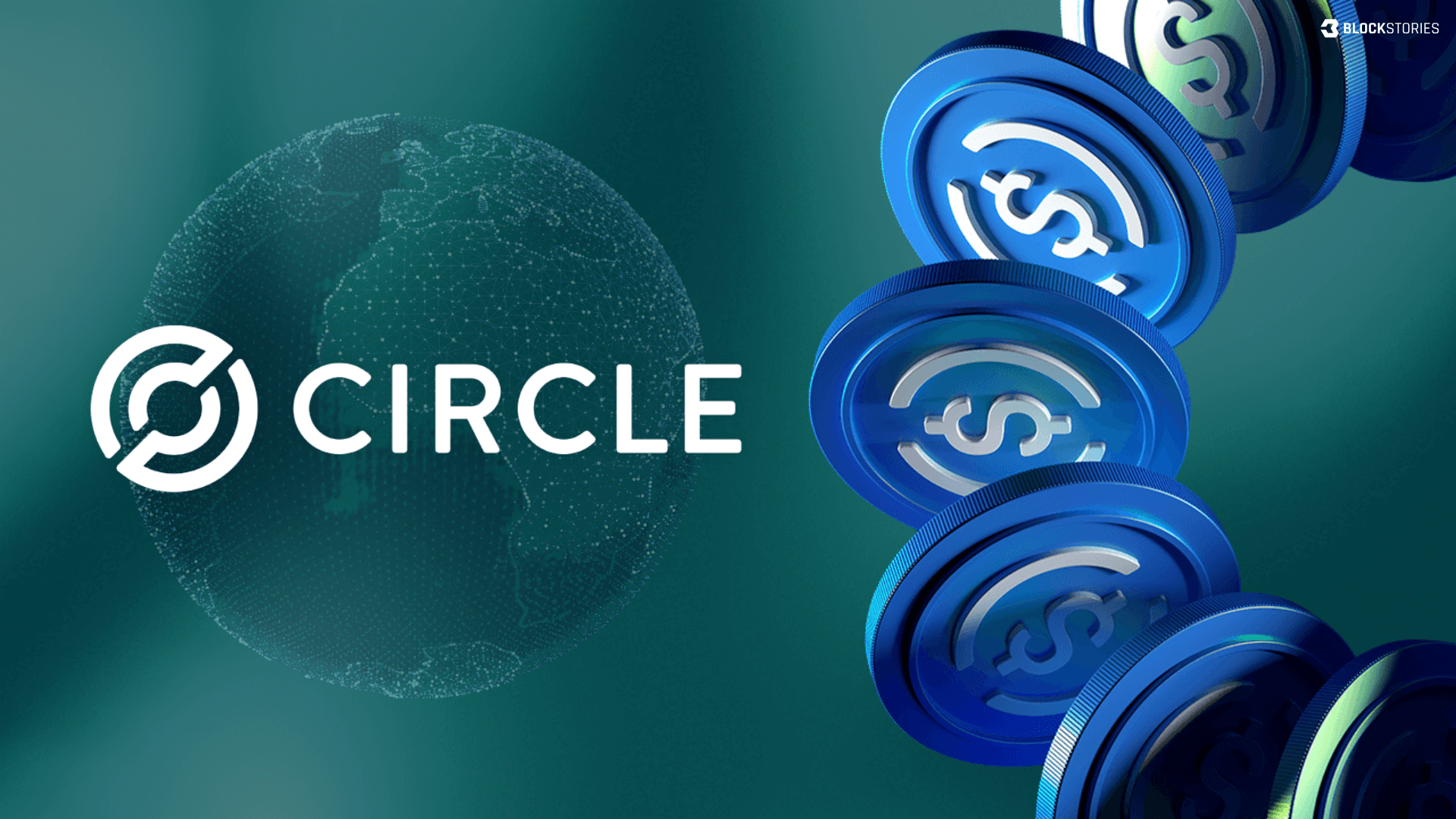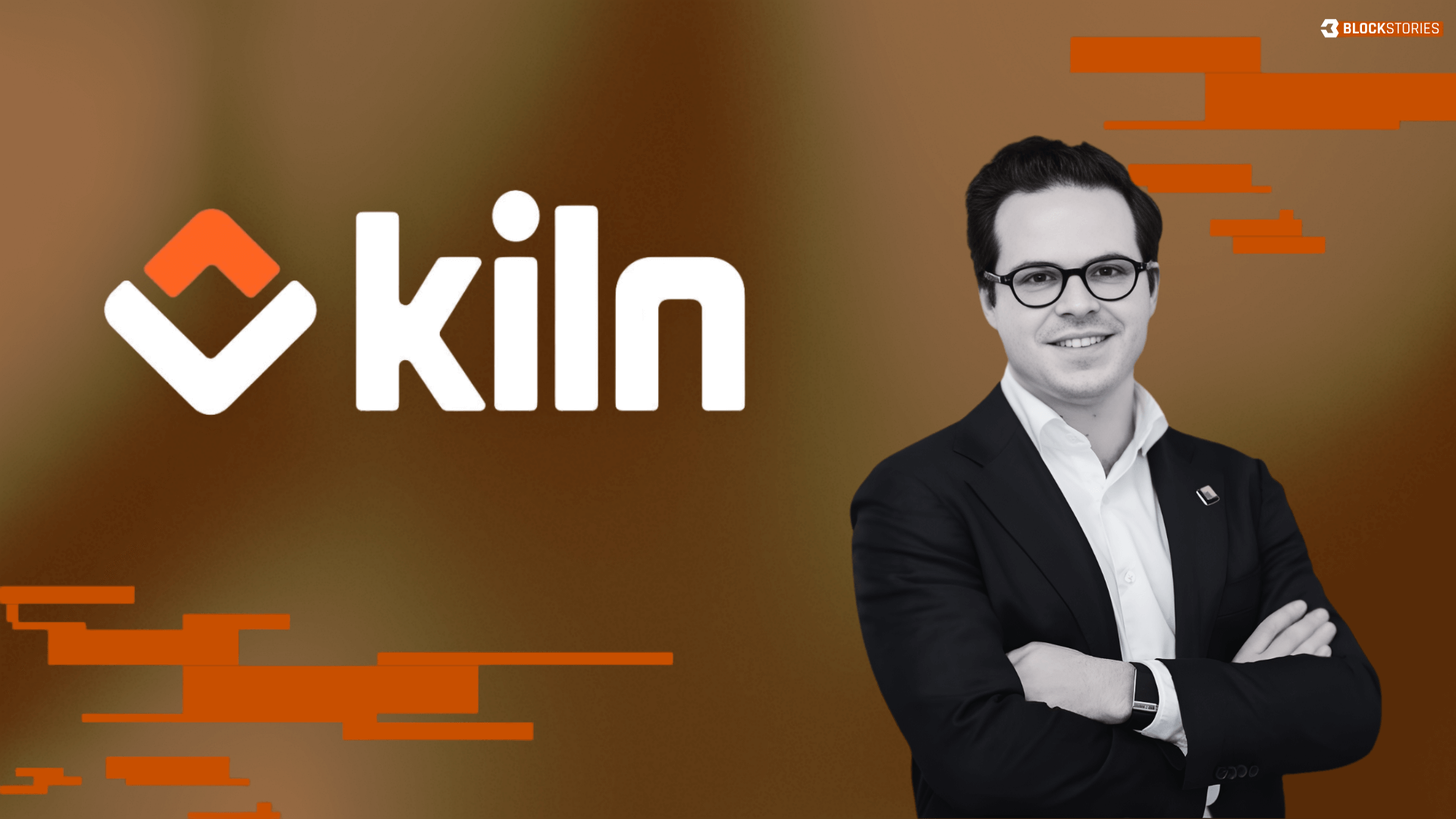- Crypto Briefing
- Posts
- Circle Launches xReserve for USDC-Backed Stablecoins
Circle Launches xReserve for USDC-Backed Stablecoins
On Tuesday, stablecoin giant Circle introduced xReserve, a new service that lets blockchain teams launch their own stablecoins backed by USDC. The offering is designed to help new networks bootstrap stablecoin supply without waiting for native USDC issuance, which has historically been both costly and slow to integrate.

The market seems to be speedrunning the Digital Asset Treasury (DAT) experiment. What started as a mushroom boom of Strategy clones lifting the summer rally, is now showing the other side of the trade: what goes up, can come down.
Just yesterday, ETH DAT FG Nexus dumped 10,922 ETH (~$33 million) to support a buyback of its own shares. Meanwhile, Saylor’s Strategy now trades below the value of its bitcoin holdings…a sharp turn from the >2x premium it commanded for most of 2024.
And while Strategy might bounce back, many DATs are learning the obvious the hard way: if your “business” is just a box of tokens — and a few dozen identical boxes trade right next to yours — you probably should trade below book value.
Today, we’ll also talk about:
Circle launches xReserve for USDC-backed stablecoins
Kiln introduces network to unify DeFi and RWA yields
European VCs start initiative to strengthen crypto venture industry in Europe

HIGH SIGNAL NEWS

Tether invests in Parfin and Ledn, eyes Neura Robotics. In the last few days, the company announced investments into Latin America-focused infrastructure provider Parfin and Bitcoin lending platform Ledn. Tether is reportedly also in talks to lead a €1 billion round in German AI robotics firm Neura Robotics.💸
Kraken confidentially files for IPO. The move follows its $800 million raise at a $20 billion valuation on Tuesday, which saw participation by Jane Street, DRW, and Citadel. The funds will be used to expand the company’s footprint in foreign markets and to build out its payment services.🐙
BlackRock prepares staked Ethereum ETF. According to Bloomberg ETF expert Eric Balchunas, the firm has registered a Delaware entity, with the formal filing expected to follow soon.📃
Aave announces major updates. On Monday, the leading DeFi lending platform introduced the Aave App, which lets users deposit funds directly from a bank account to earn stablecoin yield through Aave. While a specific launch date wasn't announced, users can already join the waitlist. Further, the protocol also launched its long-awaited v4 on testnet.👻
Ethereum Foundation unveils native cross-chain solution. Called the Ethereum Interoperability Layer (EIL), the protocol is designed to make the user experience across all Layer 2 networks feel like using a single chain, without relying on trusted middlemen. It is expected to go live in 2026.🌐
STABLECOINS
Circle Launches xReserve for USDC-Backed Stablecoins

USDC-backed stablecoins: On Tuesday, stablecoin giant Circle introduced xReserve, a new service that lets blockchain teams launch their own stablecoins backed by USDC. The offering is designed to help new networks bootstrap stablecoin supply without waiting for native USDC issuance, which has historically been both costly and slow to integrate.
Why it matters: USDC’s first-mover advantage made it the default stablecoin for new networks coming online, and it remains the most widely deployed stablecoin in the ecosystem, now present on more than 50 chains. But not all versions are equal. Teams that couldn’t secure a native USDC integration created their own USDC variants instead, fragmenting liquidity and introducing additional security risk because those variants relied on third-party bridge infrastructure.
A new solution: With xReserve, Circle aims to close that gap by giving teams a faster way to issue USDC-backed stablecoins while preserving the core benefits of USDC:
Regulatory credibility: xReserve inherits Circle’s compliance, reserve transparency, and reporting standards.
Liquidity and interoperability: All xReserve-issued tokens interoperate with one another and with USDC itself, allowing developers to access USDC’s circulating supply across supported networks from day one.
Security: xReserve builds on Circle’s CCTP and Gateway cross-chain infrastructure, allowing tokens to move across more than 20 chains without depending on third-party bridges.
Outlook: In the coming weeks, xReserve will go live on the Canton Network and the Bitcoin Layer 2 Stacks. Multi-asset support for Circle’s EURC is expected to follow in the months ahead.

Chuk Okpalugo is Editor & Podcast host at "This Week in Fintech" and former Product Lead at stablecoin issuer Paxos.
Many interpreted xReserve as Circle’s entry into the stablecoin-as-a-service race, but it's not quite. Instead, it's an upgraded bridged-USDC implementation that lets new chains launch with a USDC-aligned stablecoin that’s instantly interoperable with USDC via Circle's own protocol (CCTP), giving them even greater day-one liquidity without waiting for Circle to issue on their chain natively.
The strategic motive is simple. Of the $73 billion of USDC market cap, more than $6 billion is from bridged USDC ($4 billion is on Hyperliquid alone). Continuing to capture this demand from new chains through xReserve represents a meaningful potential revenue and profit driver for Circle. Recently, new chains like megaETH have announced their own stablecoins before they've launched.
Still, longer term, I do see xReserve as the foundation for a full stablecoin-as-a-service platform. Circle could fend off the attack from Bridge, Agora, MoonPay and others with a USDC-fungible issuance product where they don't need to share yield with Coinbase, giving them the flexibility to compete more aggressively for new business. There could be some cannibalization, but it'd protect market share. I wouldn’t be surprised if they enter that market.
DECENTRALIZED FINANCE
“Onchain Vaults Are a New Distribution Channel for Asset Managers” — Interview with Kiln CEO Laszlo Szabo

Open yield infrastructure: On Tuesday, one of the leading enterprise-grade staking providers Kiln introduced Railnet, a new infrastructure layer designed to unify access to onchain yield. The system allows asset managers to build strategies that span both DeFi and real-world assets without juggling fragmented tools, integrations, and operational workflows.
Why it matters: "A lending protocol settles instantly, while a tokenized bond fund takes days of KYC and regulatory processing. For asset managers, each integration becomes months of custom development, operational work, and bespoke risk handling. This is where Railnet comes in," Kiln co-founder and CEO Laszlo Szabo told us.
A new dawn: Railnet is the next step in Kiln’s push to offer clients access to onchain yield beyond staking, and it arrives just two months after the company — which oversees roughly $18 billion in stake — suffered a major exploit. In that incident, an attacker breached part of its infrastructure and stole approximately $41 million in SOL.
Interview: In our conversation with Szabo, we discuss the aftermath of the attack, Kiln’s strategic expansion beyond staking, and the growing institutional appetite for onchain yield solutions.
__________________
On the aftermath of the recent exploit:
“Rumours suggested the exploit would sink us, but the opposite happened. We kept 95% of our clients, because at every step we focused on protecting their assets. This is why we proactively unstaked more than half of all assets under stake, roughly 10 billion dollars, to eliminate any remaining risk. Our clients are now progressing through the restaking process.
Customers and the broader community have appreciated our transparent communications throughout the incident, including our post on the how the attack originated.”
On the evolution of Kiln from staking to broader onchain yield generation:
“Staking was always only the opening chapter. As the market matured, more opportunities began to open up, combining staking with DeFi lending and, increasingly, tokenized real-world assets such as money market funds or private credit.
That led us to launch our DeFi aggregator, giving institutions API-based access to lending yields. It grew from zero to $400 million in TVL within months, confirming that institutions want onchain yield through one standardised interface rather than many bespoke integrations.”
On how Railnet came into being:
“As RWAs moved onchain, it became clear existing infrastructure was built for instantly redeemable DeFi assets. Most RWAs have redemption periods and operational steps that do not fit current standards, creating a structural mismatch.
Take a money market fund. It typically has a one or two day redemption cycle, because the fund needs to calculate its net asset value before releasing withdrawals. Current DeFi standards cannot represent these steps cleanly.
Railnet was created to fix that. It standardises how deposits, withdrawals, and offchain actions appear onchain so RWAs and DeFi assets can operate within one framework. Or expressed differently: it solves the compatibility problem that made it impossible to combine these yield sources cleanly.”
On the core innovation behind Railnet and what it enables:
“By standardising these flows, Railnet lets asset managers and crypto native curators build products that blend DeFi lending with RWA yields, while Railnet handles execution, reporting, and operations behind the scenes.
Over time the benefit of this structure becomes even stronger. Once redemption steps are encoded onchain, market makers can purchase those pending claims at a discount and pay users out immediately. This gives real-world assets near instant liquidity onchain, even when they remain slow or illiquid offchain. It is a foundational shift in how these assets can be traded.”
On the long-term vision for onchain asset management:
“Crypto-native curators will stay important, especially those with strong risk practice, but the centre of gravity is moving. Some of the largest traditional asset managers in the world are preparing their first onchain vaults, and several should launch within a year. For them, this is a new distribution channel, reaching users outside traditional platforms.
Long-term, onchain asset management will mirror the familiar landscape. Users will engage trusted brands through wallets instead of brokerages, allocate to managers they trust, and rely on infrastructure that makes everything work invisibly in the background but also gives ultimate transparency.”

Obex | $37 million | Unknown : Crypto incubator supporting startups building yield-bearing stablecoins backed by high quality real-world collateral such as tokenized compute, energy assets, and private credit for large fintechs.
Deblock | $30 million | Series A : French startup building a fully onchain banking platform.
HelloTrade | $4.6 million | Seed : Blockchain-based trading platform designed to give investors worldwide access to public equities.
0xbow | $3.5 million | Seed : Developer behind privacy infrastructure such as the Privacy Pools protocol, designed to anonymize funds in a compliant way.

A conversation with Ivan de Lastours, Venture Partner at Bpifrance.
On Monday, he and a group of European VCs announced the Digital Assets Venture Network (DAVN), a pan-European initiative created to promote, strengthen, and structure the blockchain venture industry across Europe.

What do you think of today's briefing? |
Disclaimer: The information provided in the Crypto Briefing by Blockstories does not constitute investment advice. Accordingly, we assume no liability for any investment decisions made based on the content presented herein.
Reply